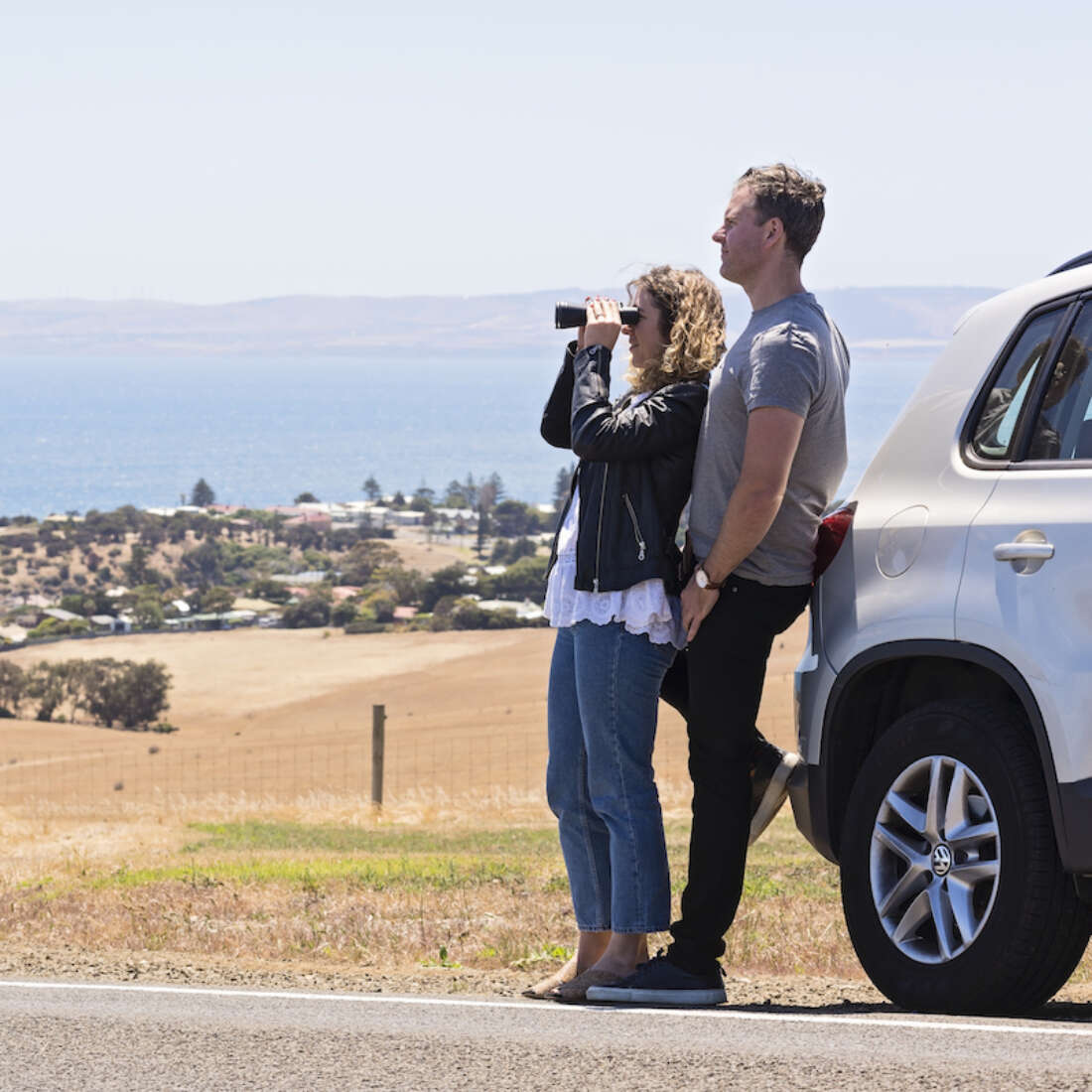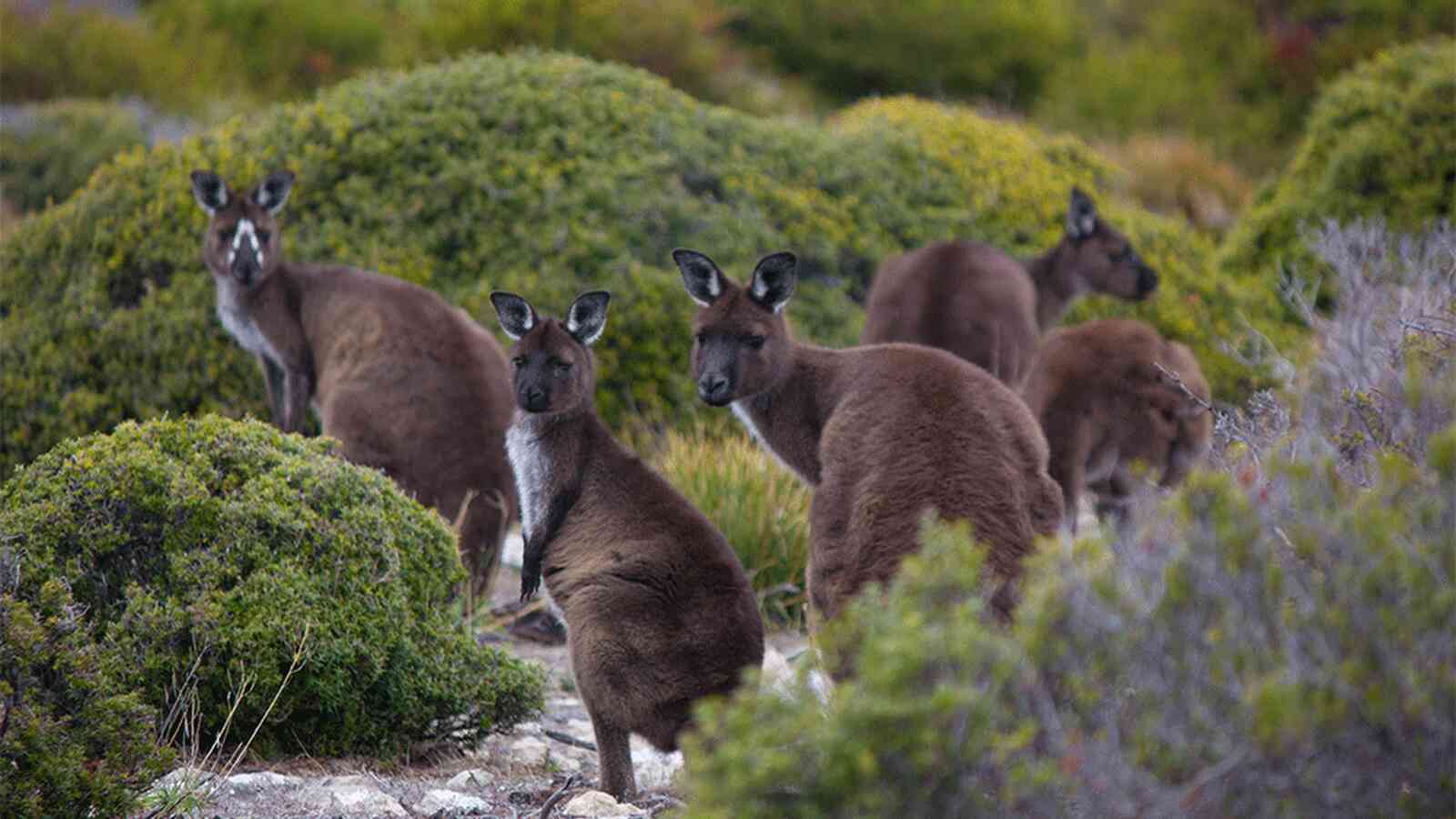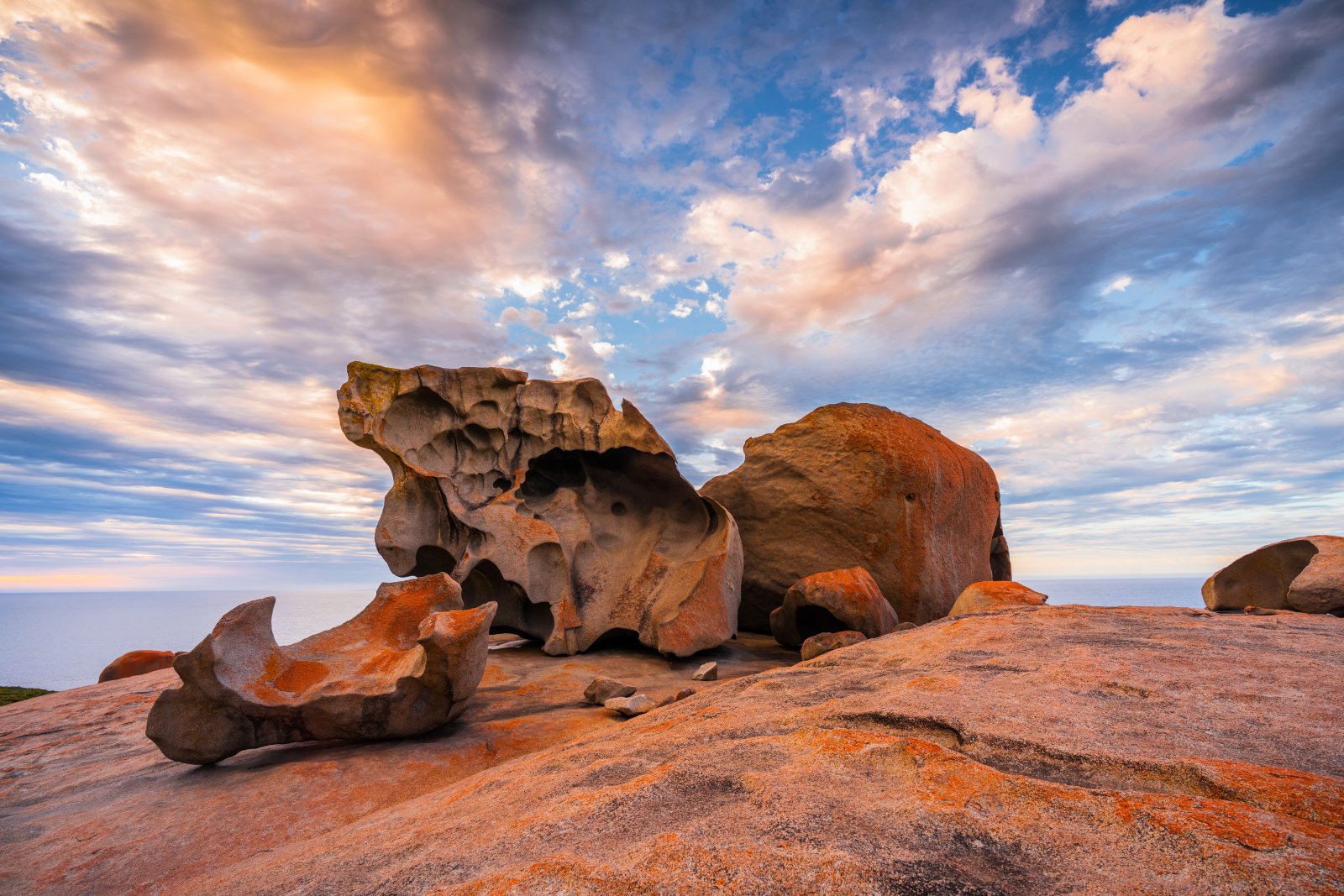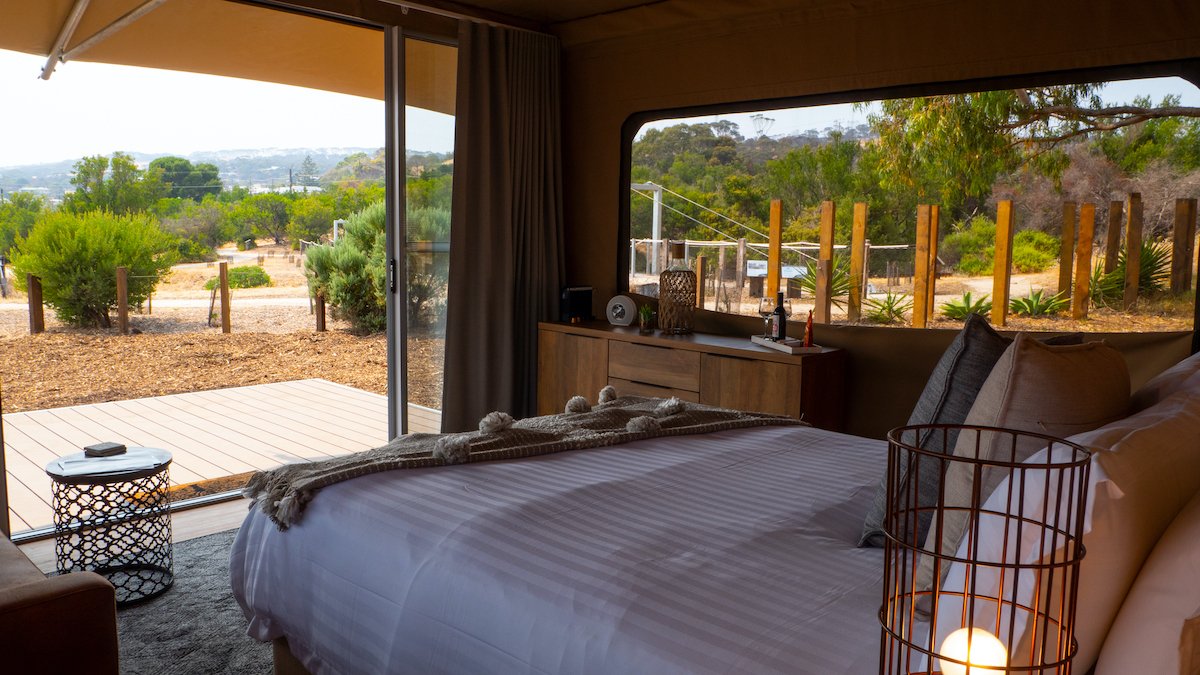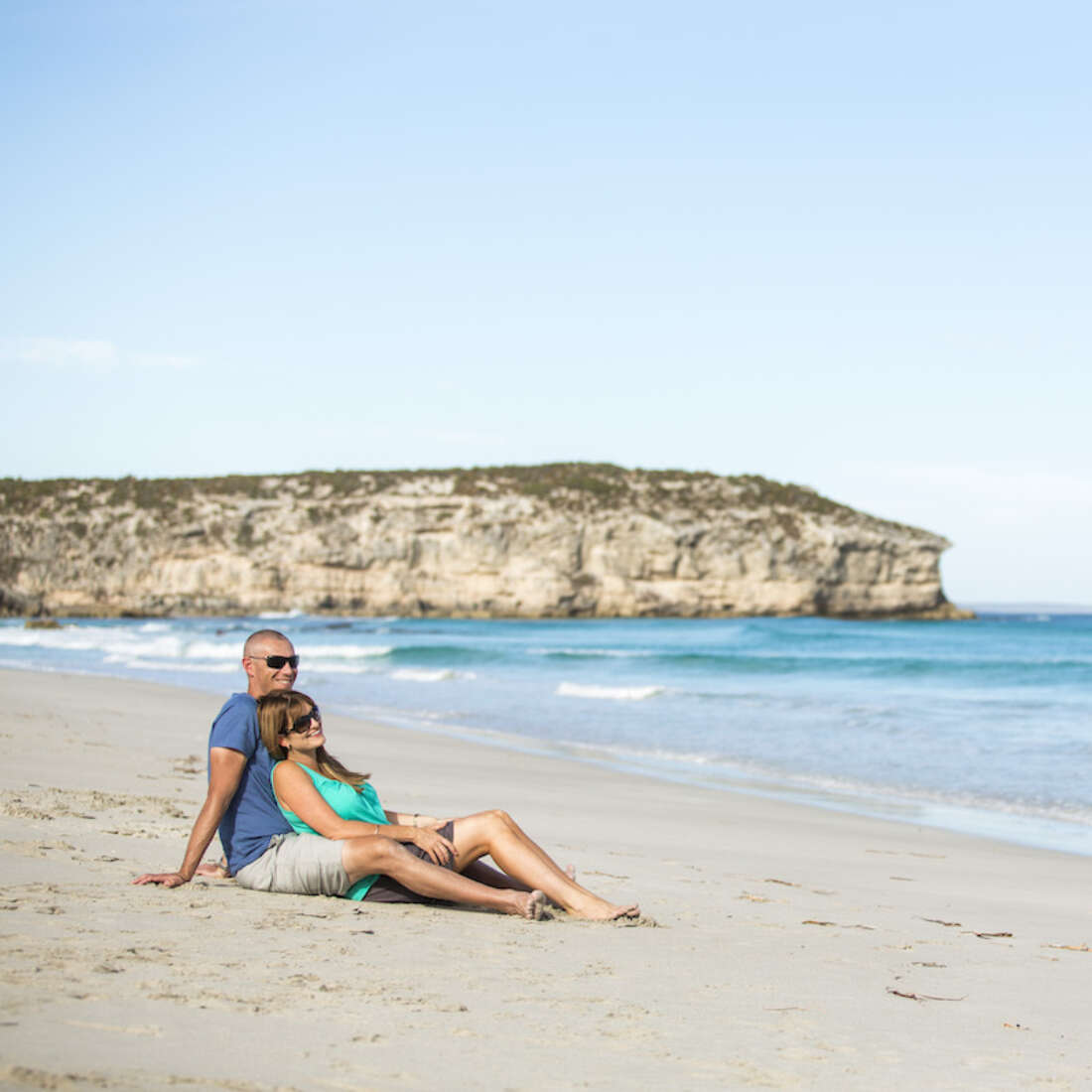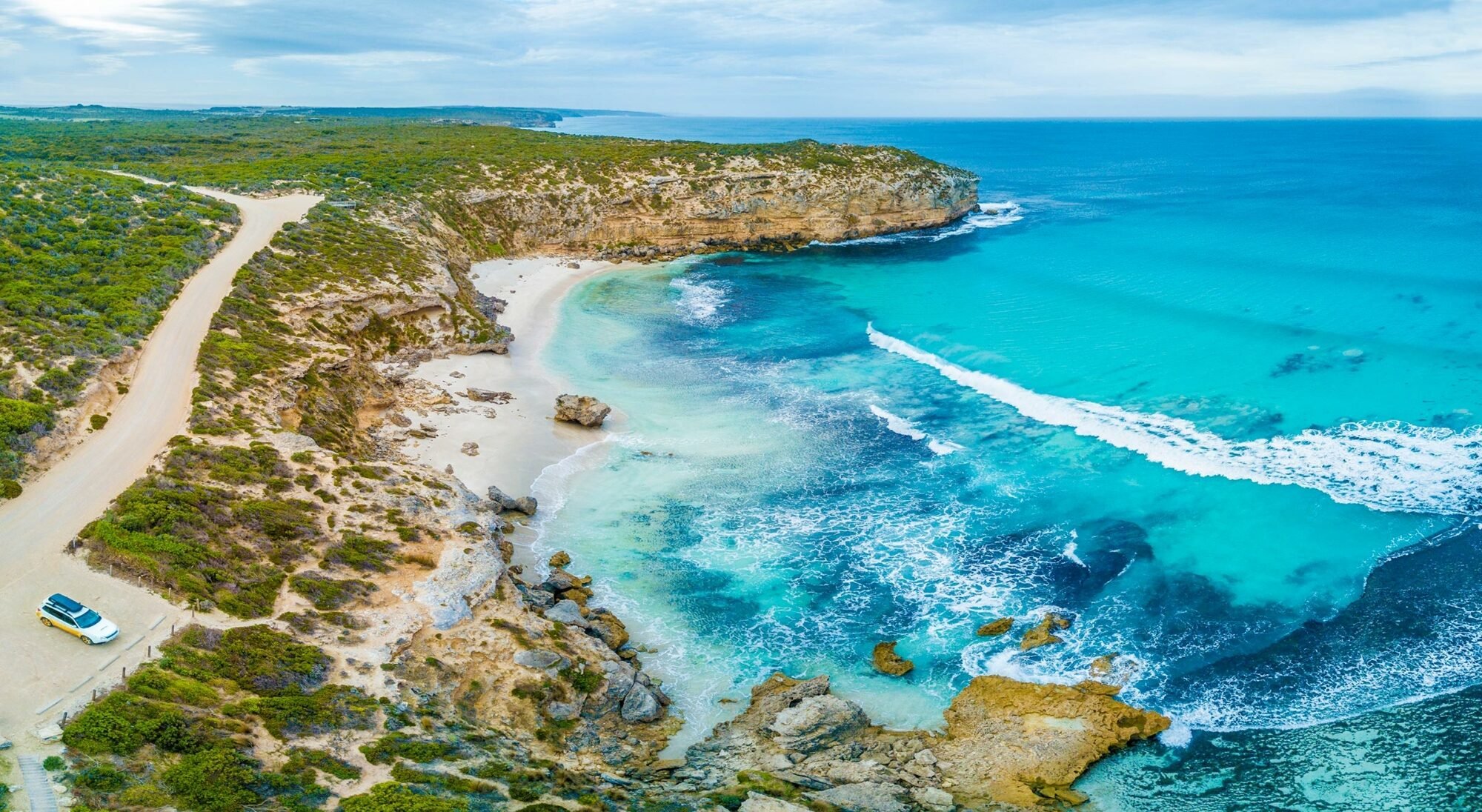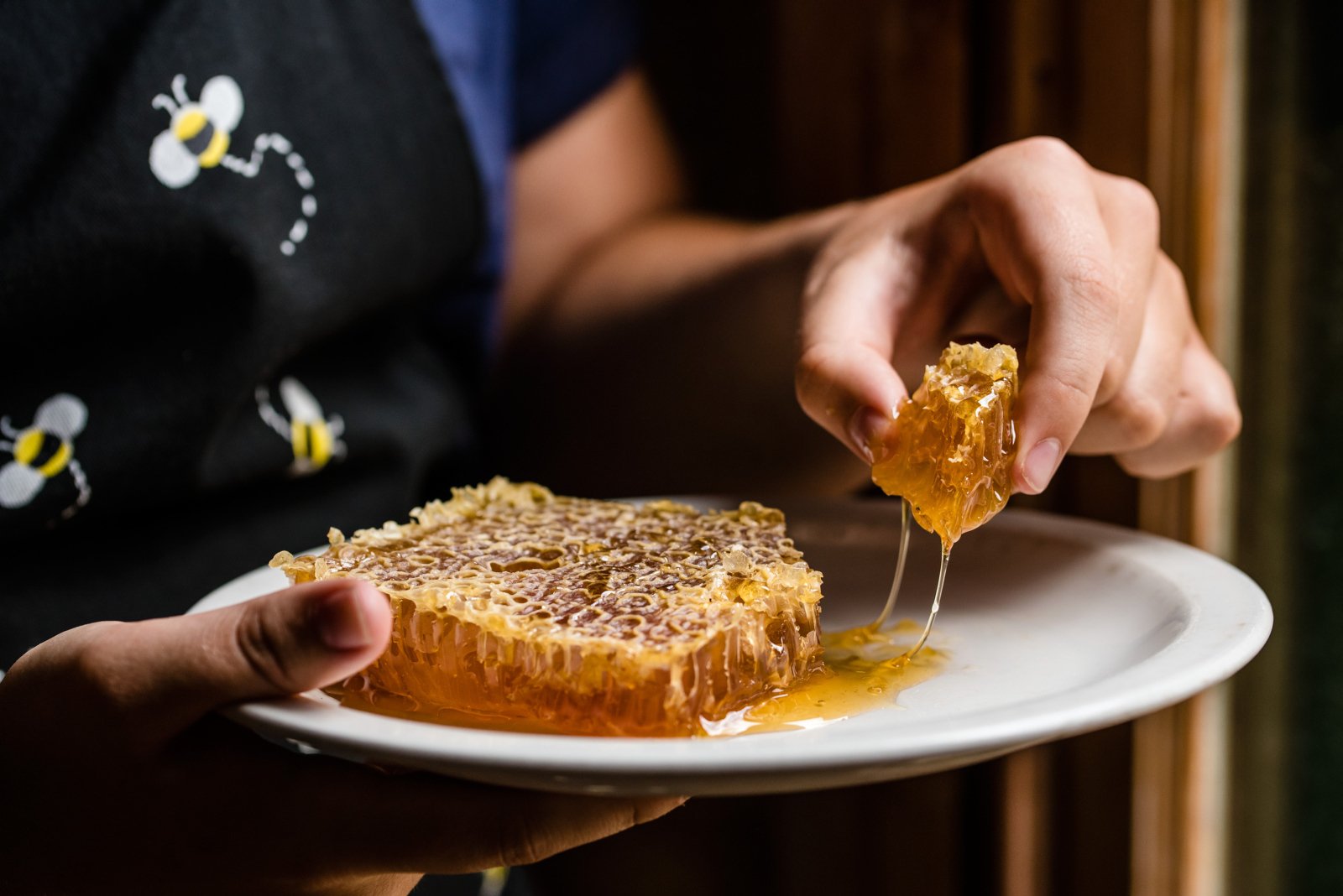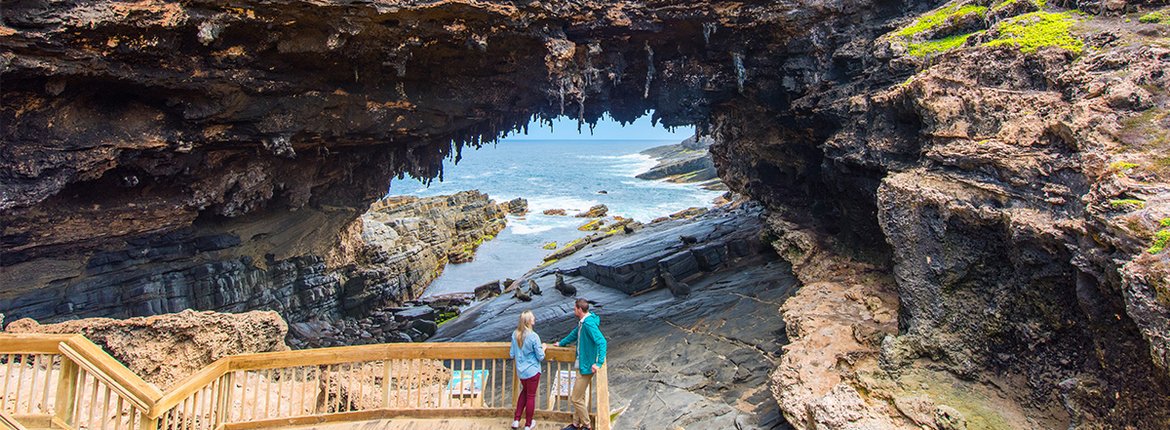Kangaroo Island

D’Estrees Bay carves a wide arc. Spanning more than 20km, it’s the longest beach on Kangaroo Island (KI). At first glance, this expanse is not easy to fathom. The low-slung shoreline of limestone outcrops and scrubby dunes offers few focal points. Look closer, however, and this is a storied realm of whalers, shipwreck survivors and farming pioneers.
For us locals, the bay’s legendary past is layered with personal history. Few travellers detour to D’Estrees. But among islanders it’s a favourite spot to fish, surf and set up camp. Many of us come to simply explore the beaches where cormorants and crested terns whirl above the wave tops, or to linger at the tidal flats while hooded plovers, sanderlings and ruddy turnstones fossick for morsels. Along the way we pay homage at Point Tinline where ospreys frequent a sea-stack nest that’s been occupied for more than 170 years.
To wander here season after season is to tap into the isle’s unerring rhythms. With Cape Gantheaume’s huge mallee wilderness at your back, and the punchy Southern Ocean swell hustling ashore, the bay’s presence is irresistible. Best of all, you’ll likely have the place to yourself – that is, apart from a chance encounter with an echidna or spotting a seal lion riding an incoming wave.
On KI there’s always a patch of bush or a beach somewhere. Its 540km of coastline remains one of the least altered in the temperate world. Even during busy holiday times locals and savvy visitors can find a quiet stretch of shore. As with D’Estrees Bay, much of what makes KI memorable is less about showy terrain than being in close company with nature unleashed.
Nowhere is this more vivid than in Flinders Chase National Park. Although on a long road to recovery following the devastating Black Summer bushfires of 2019–20, this park’s vast coastal habitats are still inspiring. For me, the overland track to far-flung West Bay is a revealing way to grasp the breadth of the place. Framed by craggy headlands and lush coastal heath, the bay has an inviting beach with an edgy end-of-the-world aura. That’s doubly so when you gaze seaward to the horizon and are told the next landfall due west is Uruguay.
Given the park’s 100-year history it’s no surprise Flinders Chase has a devoted local following. And even the big-name attractions have their special moments. Despite my countless visits, the sensation of a fiery sunrise on Remarkable Rocks never loses its kick. At the other extreme, when big seas are forecast, a few intrepid islanders will head for Cape du Couedic to behold 12m waves thundering into Admirals Arch and the Casuarina Islets.
KI’s natural vigour is at its rollicking best through the wet winter months. This is the season of blustery southerly storms with huge cloud fronts barrelling in from thousands of kilometres of open ocean. These deliver life-giving rains to recharge the rivers and woodlands. Living on the island, you can’t help but be drawn into this energetic weather cycle. We live the changes, from buffeting days of squalls and rainbows, to quiet mornings when the stillness and the light and colour clarity is uncanny, as if a spell has been cast.
It’s also the time for the north coast to really shine. KI has one of southern Australia’s longest north-facing shores, and the big cliffs and bays here corral the winter brightness. Sheltered by steep bluffs, beaches like those at Western River Cove and Stokes Bay transform into sun-filled hideaways. For local families, taking a mid-year break can simply mean hitching up the campervan and crossing to a beach on the other side of the island.
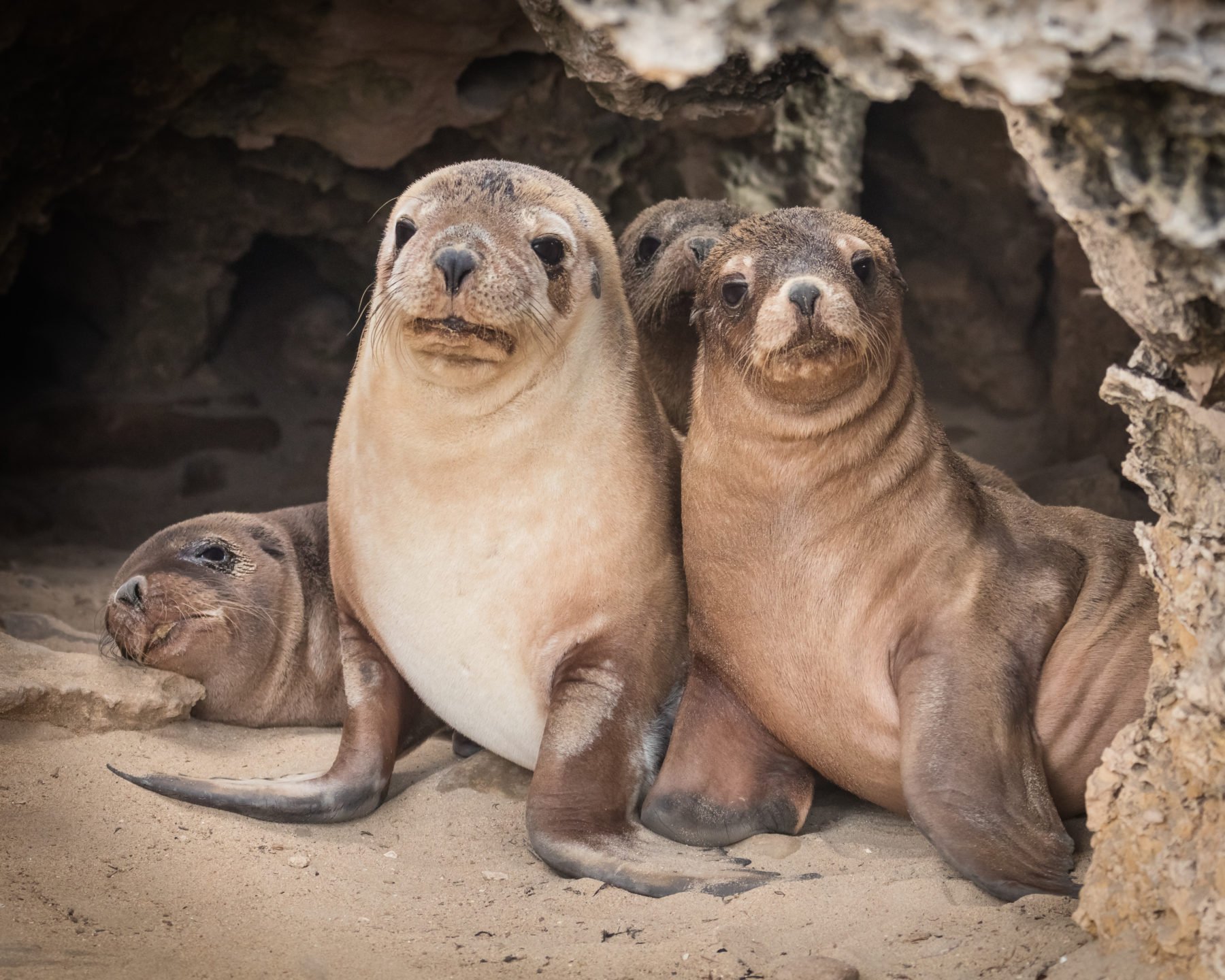
By August many bushland plant communities are busy flowering, while at ground level there’s a smattering of native orchids, fungi and sundews. For avid nature-watchers this a treasured time to be out bush. And the experience is not just confined to parks and reserves. Almost 40 per cent of the landmass is covered in native vegetation. From coast to coast the island unfolds as a patchwork of open pastures interspersed with mallee scrub, sugar gum forest, river systems and lagoons.
This close weave of bush and farmland shapes our days. You feel the press of nature at every turn. At our place we have mobs of kangaroos grazing around the house morning and night. It’s nothing to step outside and be greeted by a goanna sauntering along the deck. Not to mention a crowd of rowdy cockatoos perched in the pink gums by the kitchen. Making a go of it here means accepting the quirky, unscripted and often messy reality of having so much habitat and wildlife on your doorstep.
Although barely 14km from the mainland, the island’s 4500sq.km often feels as remote as any stretch of the outback. Many of us have moved here to enjoy the space and freedom it offers. For a lot of newcomers, including retirees, artists and recluses, it provides a welcome sense of sanctuary. And, of course, nature in abundance.
It’s impossible to live here and not be affected by the elemental power of the place. Even the most no-nonsense farmers are swayed. Day after day islanders are treated to eye-catching terrain and serendipitous moments with wildlife – plus ever-present ocean vistas affirming our castaway status. Yet the very natural world that sustains and inspires us is also often daunting. It’s one thing to visit, but making a life here is not for the faint-hearted.
As such, the island continues to be a curious work in progress. From this angle it’s a microcosm of the perpetual Australian challenge – the project of inhabiting a formidable landscape, coming to grips with its isolation and wildness, and all the while renewing the gifts of belonging.
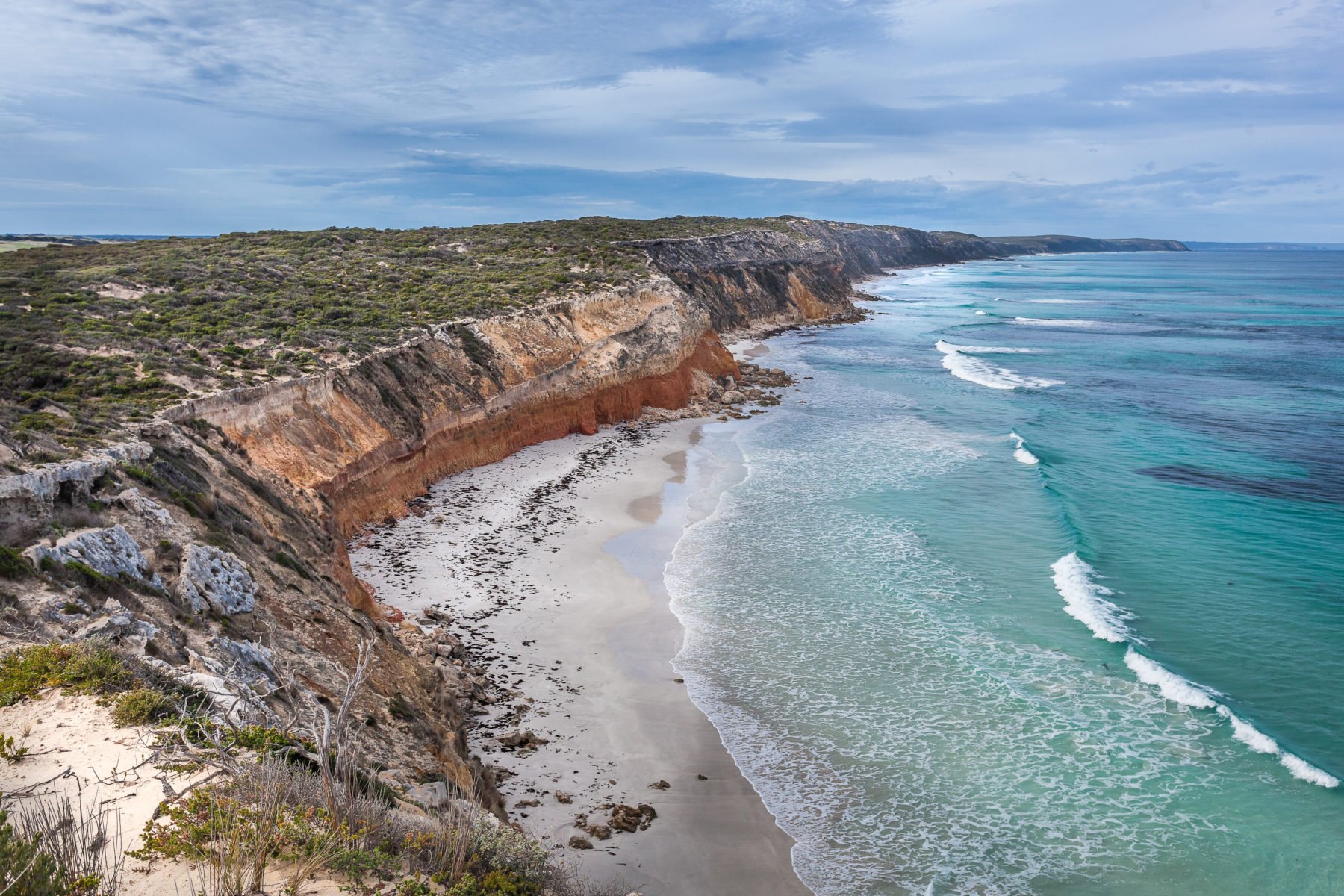
How to get there
Access KI via SeaLink’s ferry service and explore everything the island has to offer – it’s just a 45-minute ride.
Visit Sealink.
Budget
Cape Willoughby is one of the very few KI places where you can stay in a lighthouse keeper’s cottage. Set on the rugged eastern point of the island and recently renovated, two comfortable cottages offer accommodation for up to nine adults in five bedrooms. Ideal for couples and families, with portacots and highchairs. Access: 2WD. Minimum stay: two nights.
Visit Parks South Australia.
Take a tour
See the best SA has to offer on a 13-day escape that has it all. Be captivated by the renowned rugged outback of the Flinders Ranges with its ancient landscapes. Add the diversity of fauna and flora on spectacular Kangaroo Island before ending with a magical Murray River cruise on the Southern Hemisphere’s largest inland paddlewheeler – the PS Murray Princess, on The Flinders Ranges, Kangaroo Island & Murray River Luxury Getaway 12 night / 13 day luxury break with Brilliant Travels.
Visit Brilliant Travels.
Explore
Join KI local Craig Wickham and his team on a five-day, four-night journey of discovery. You’ll be treated to a generous slice of island life, from bird and wildlife encounters and some of the island’s most iconic coastal scenery to e-bike tours and elegant barbecues at a private bush camp. And don’t forget to sample the fine flavours of the island, from pure Ligurian honey and fresh oysters to award-winning wines and spirits. Stay in style at the 38-room Kangaroo Island Lodge where the sun sets over the tranquil waters of the American River.
Visit Kangaroo Island Wildlife & Conservation Tour.
